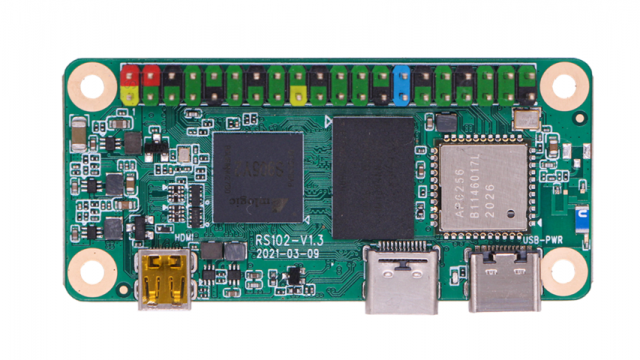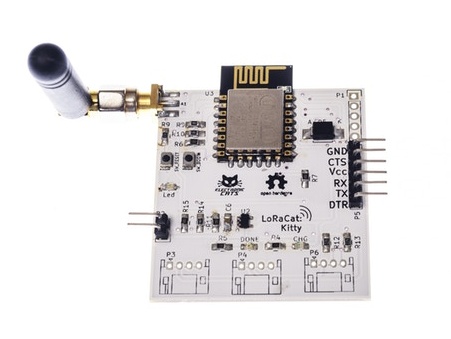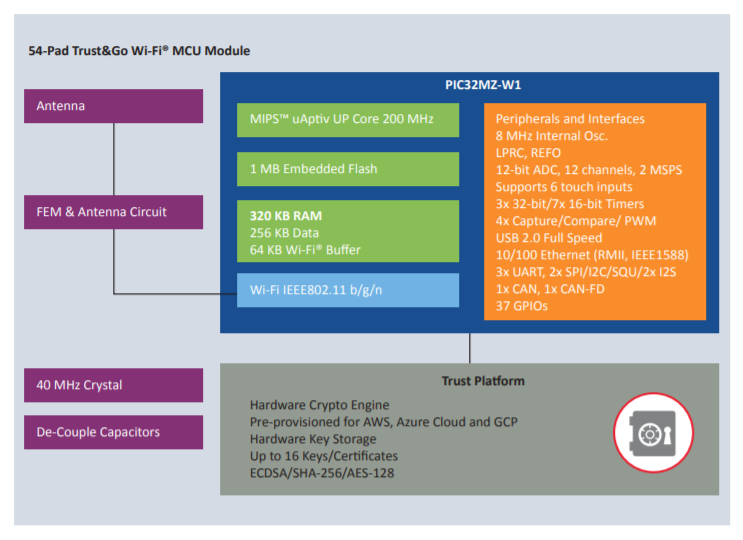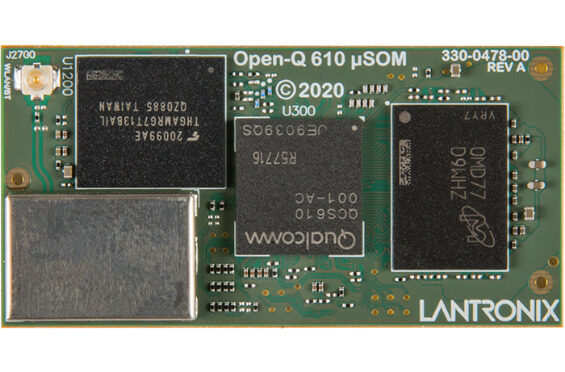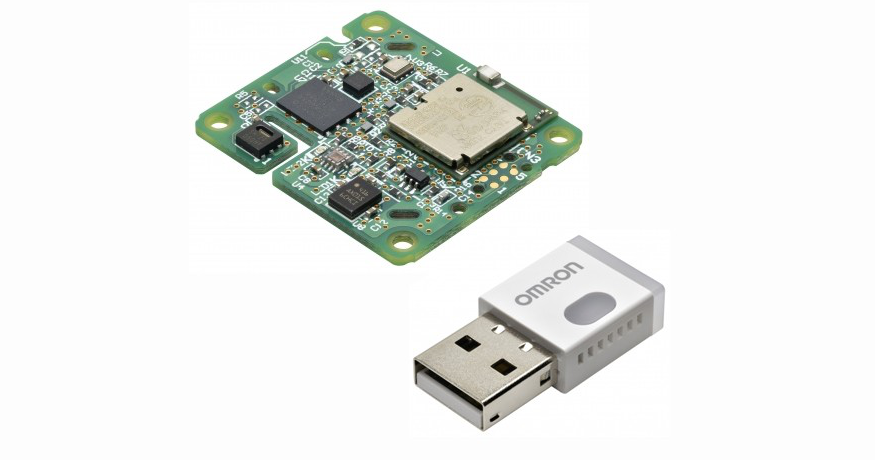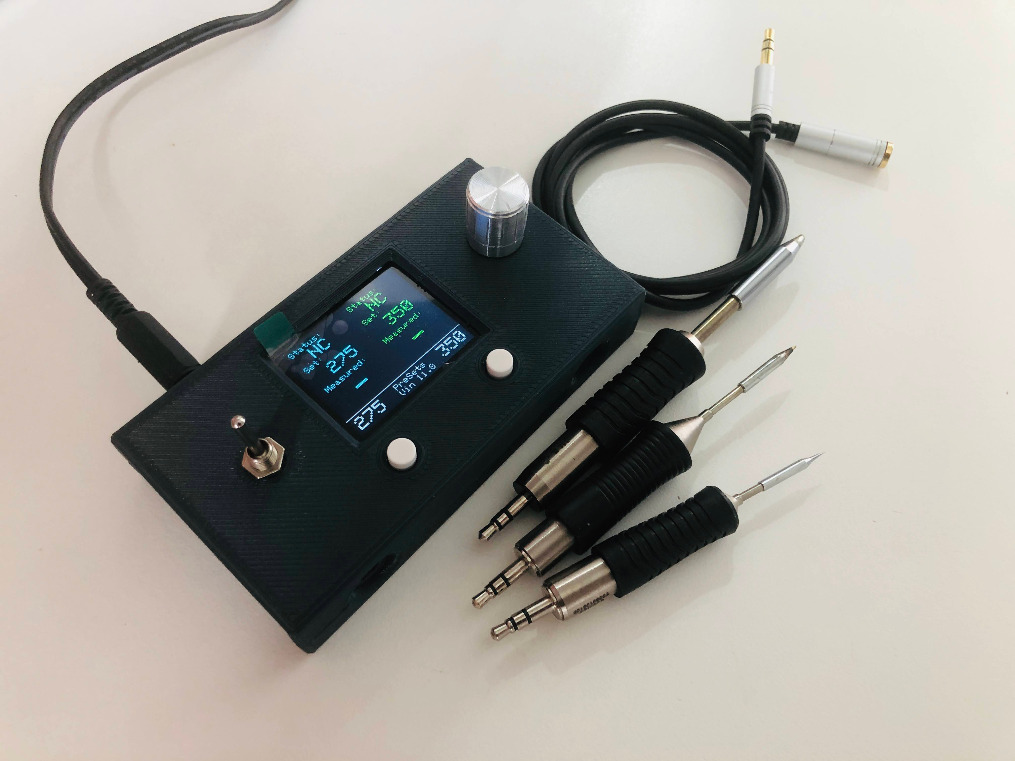
Soldering RT1 – A Universal Weller RT Soldering Station Offering Tweezers support
Hand soldering is a very important skill to have in every electronics maker’s skill set. Soldering is pretty easy and can be a fun activity. With enough practice, it is an easy skill to pick up. These days, components are becoming smaller and more compact. This could increase the chances of soldering issues occurring. One has to have a soldering station that will handle different tips for different sizes of components. Enters the Soldering RT1 by Riccardo Pittini. Soldering RT1 is a soldering station compatible with Weller RT tips (12V 45W+ and more). It is custom developed, and perfect for SMD work. The Soldering RT1 supports the following tips: RT Micro, Pico, Ultra, and SMD tweezers. The Soldering RT1 is portable, compact, performant, plain and simple.
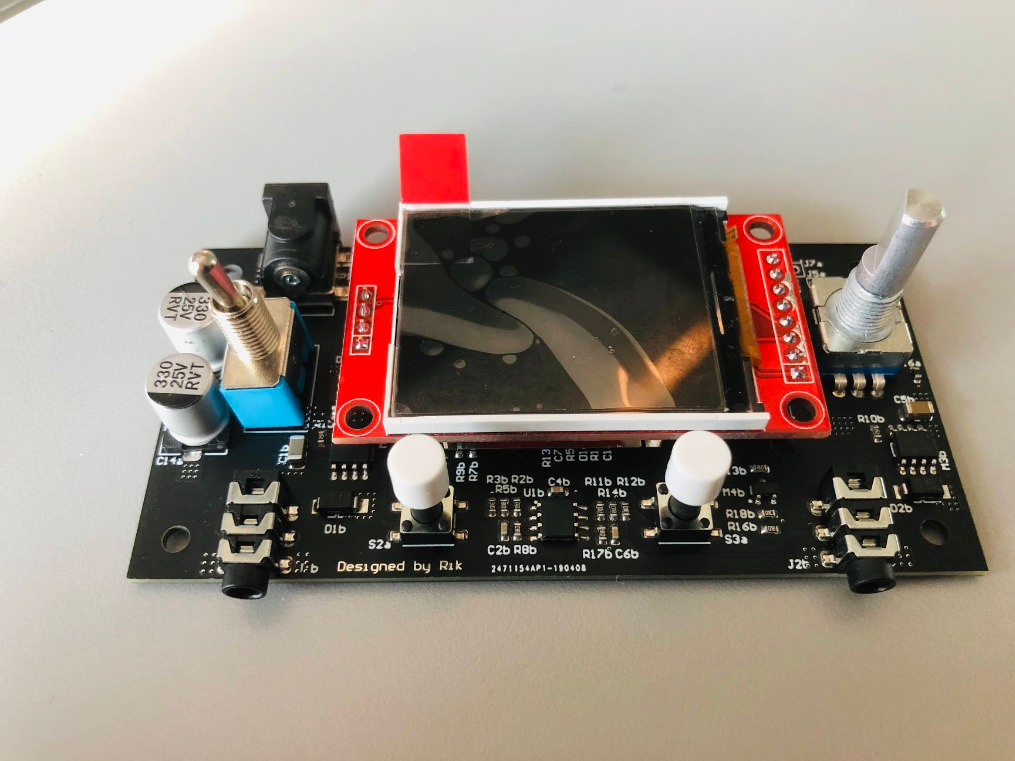
The Soldering RT1 features two independent channels and 1.8″ TFT full-color LCD. Its hardware MOSFET supports more than 10A continuous current !! (repetitive peaks of more than 50A). The Soldering RT1 is easy to use and portable, it is compatible with Weller RT1. It is open source, and fully Programmable (temperatures 150-450C, preset temperatures, power limitation to use various power supplies), also serial interface and source code are available. The station enables the Under Voltage Lock Out (UVLO) function. It is powered on a standard external 12V power adapter (voltage range 7-24V), with also duty cycle limitation (allows us to use smaller power supplies). It can also run on batteries (7-24V) with Under Voltage Lock Out. The source code is developed based on Arduino, and you can find the full source code and manual in GitLab ( Source code and manual ).
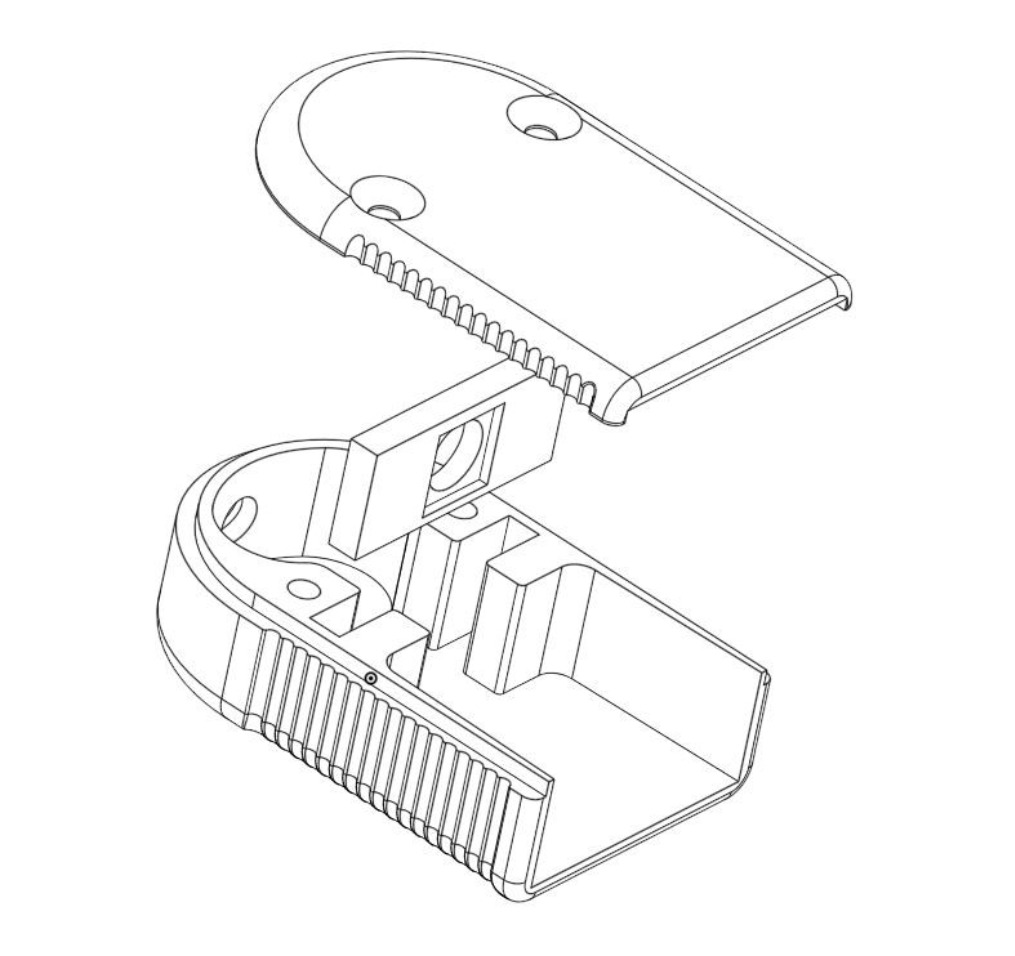
The case can be 3D printed, with two parts in a single print with no support (PLA, PETG, ABS, what you like). “For a fast print it is possible to use a 0.3mm layer height (a complete case print can be done in less than 2h at 60mm/s).” The design is based on three 3d printed parts, two of the parts compose the outer case, while one part allows mounting the receptacle connector and easy soldering of the wires. At the heart of the TFT, there is the microcontroller (AtMega 32U4) and auxiliary electronics. About creating the Soldering RT1, Riccardo Pittini says
“The major challenge in creating the SMD tweezers (really really amazing for SMDs) was to find the mating connector for the original Weller replacement. After finding the correct rare connector, it was rather easy to identify the resistive elements connections and TC connections.”
The simple version of the SMD tweezers utilizes a single channel of the soldering station (by driving the resistive elements in parallel). This will enable a single soldering station to handle a soldering iron and a set of SMD tweezers. And some improvements to the tweezers holder.
Regarding plans for future updates, Riccardo Pittini plans to improve the PID controller response, complete compatibility for soldering tweezers (V1.4), and maybe include compatibility with C245 JBC iron-cartridges. For manual, schematic, and firmware, visit Riccardo Pittini’s project page on Hackaday. You can get the Soldering RT1 on Tindie for $100.





